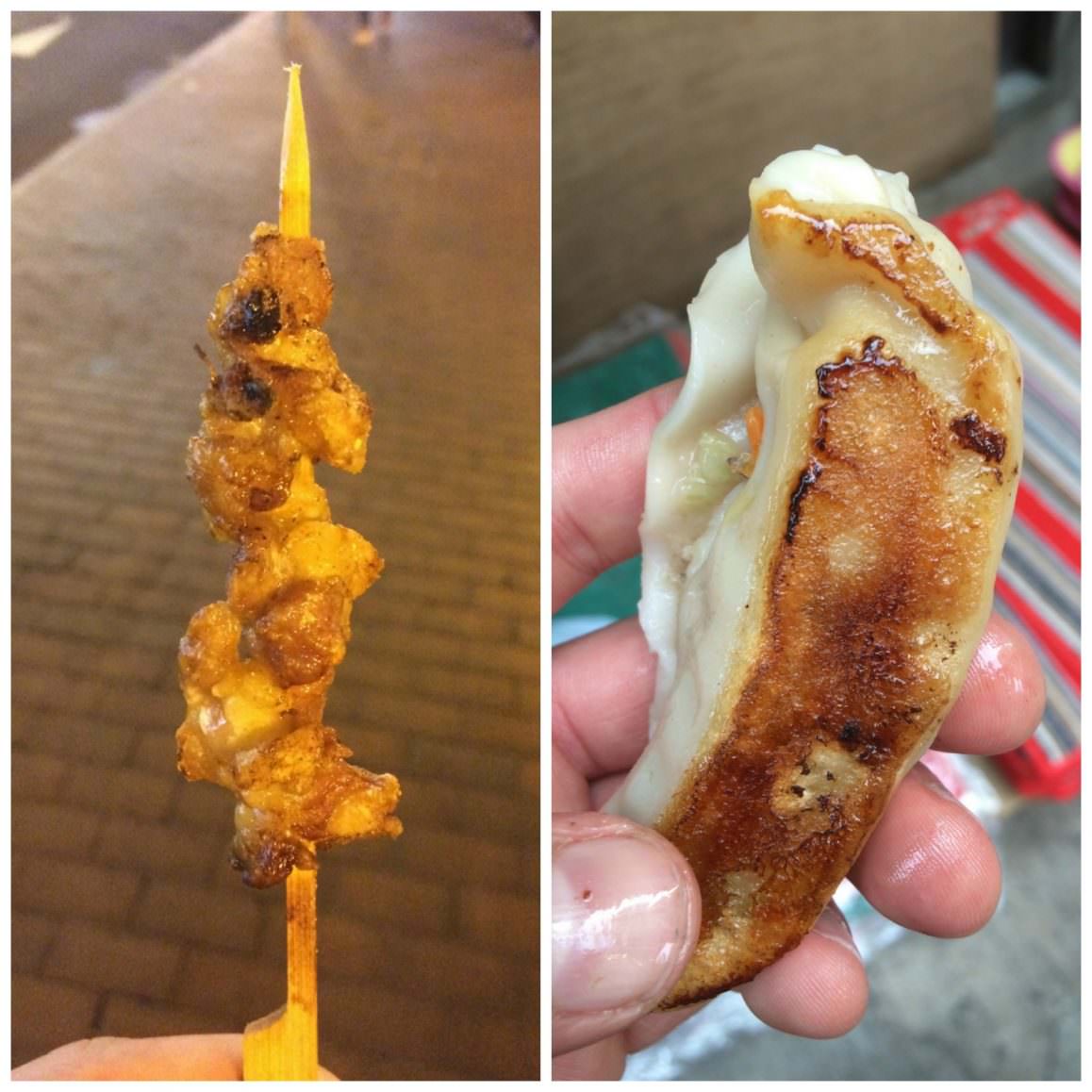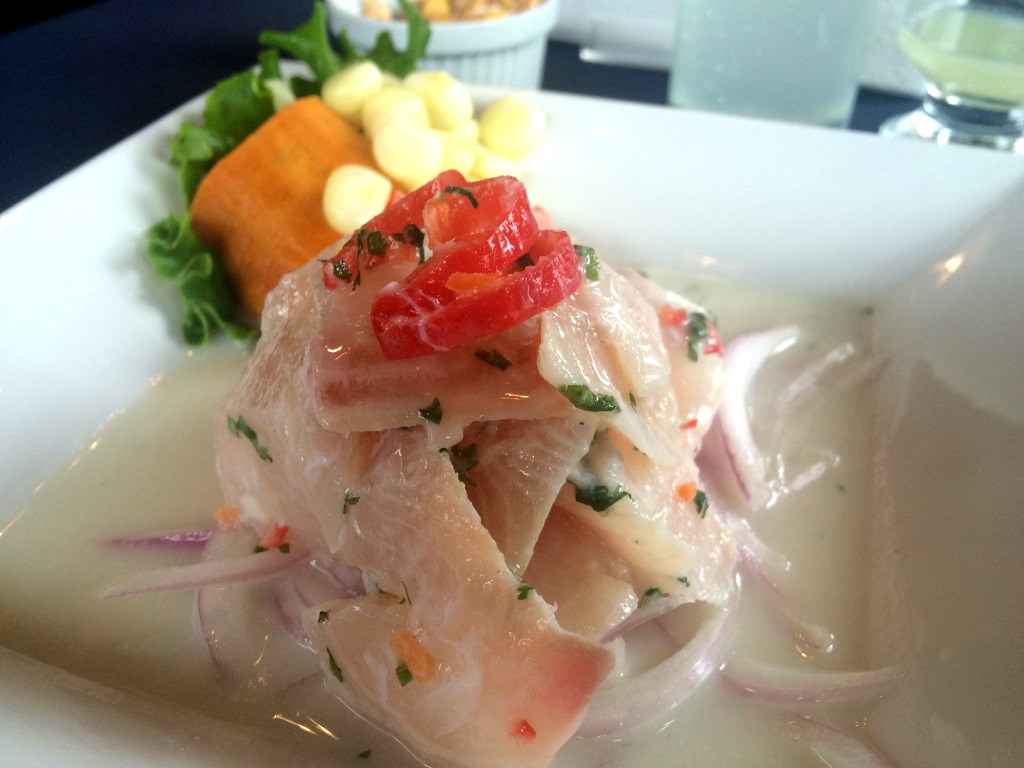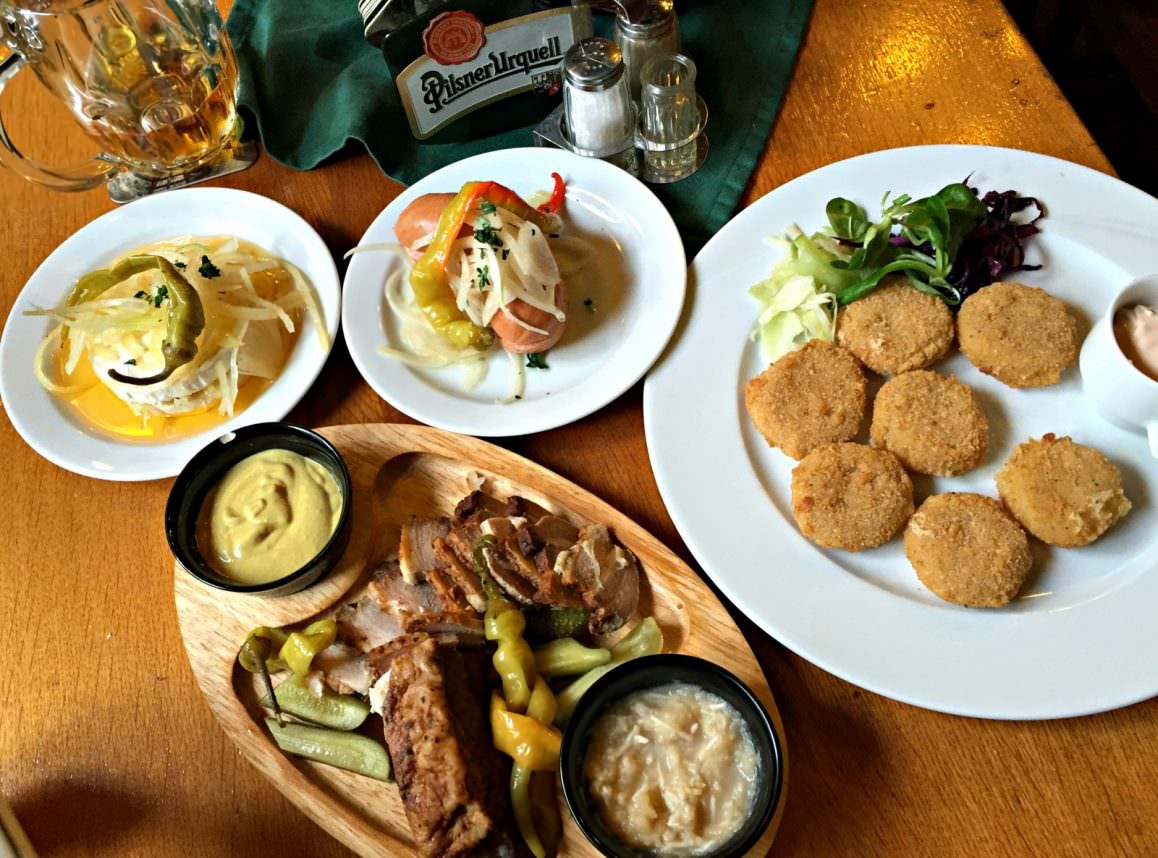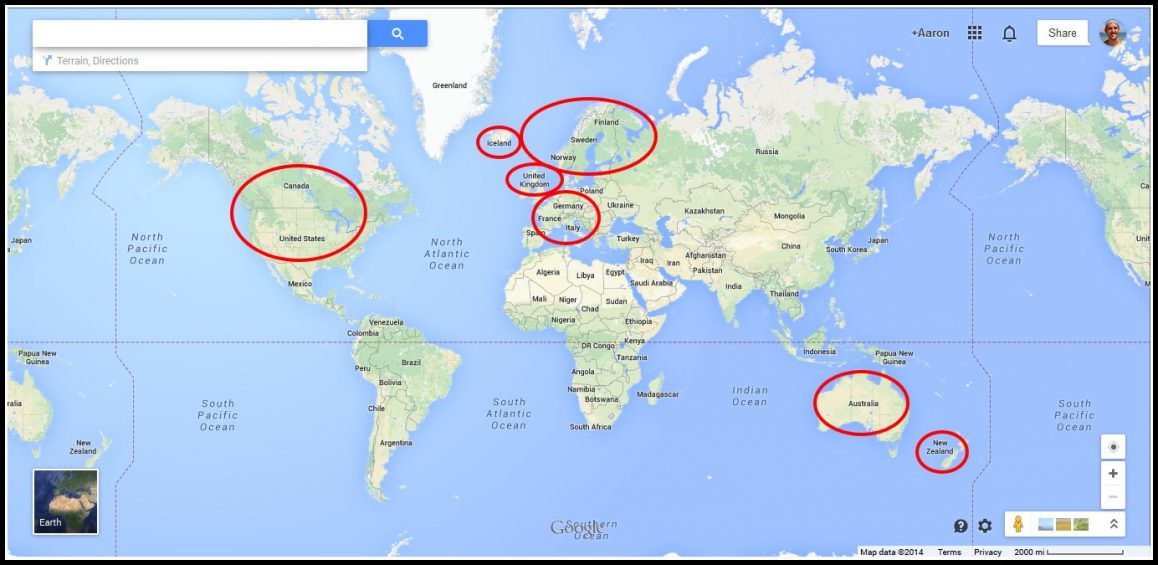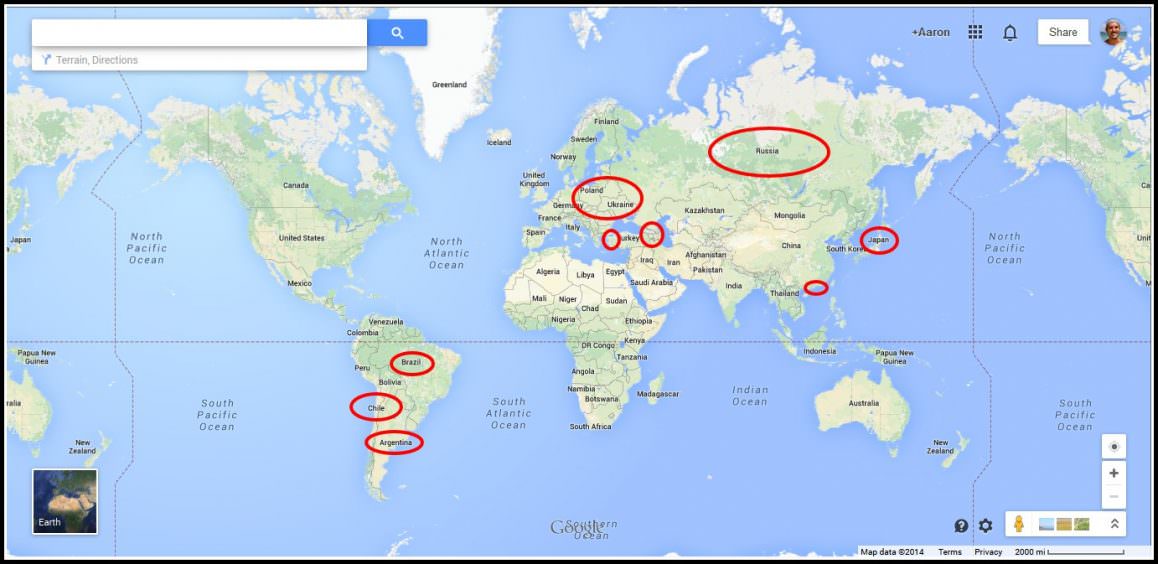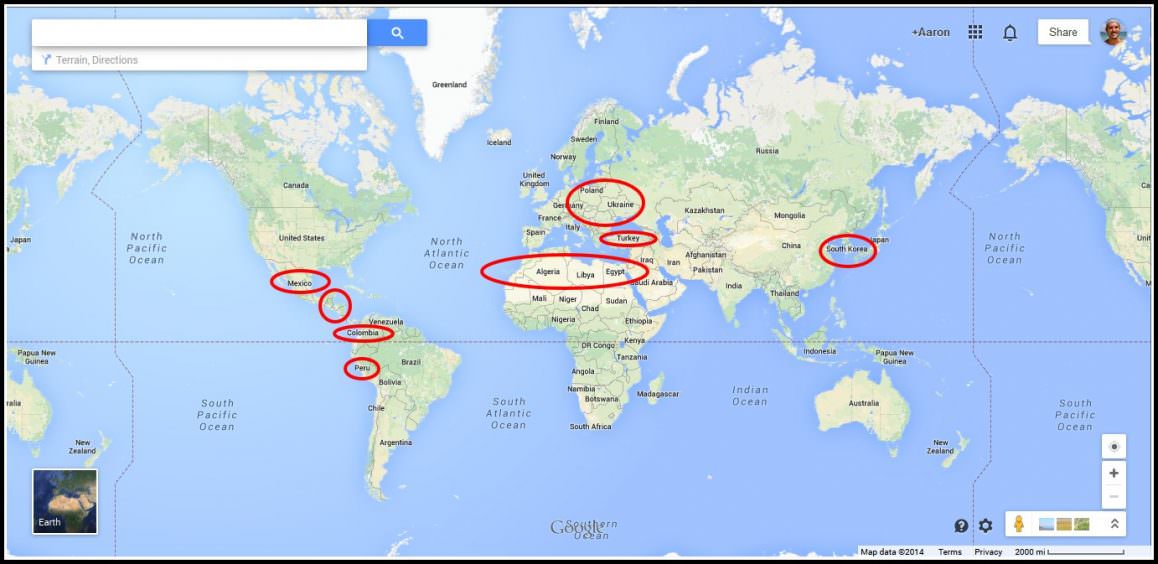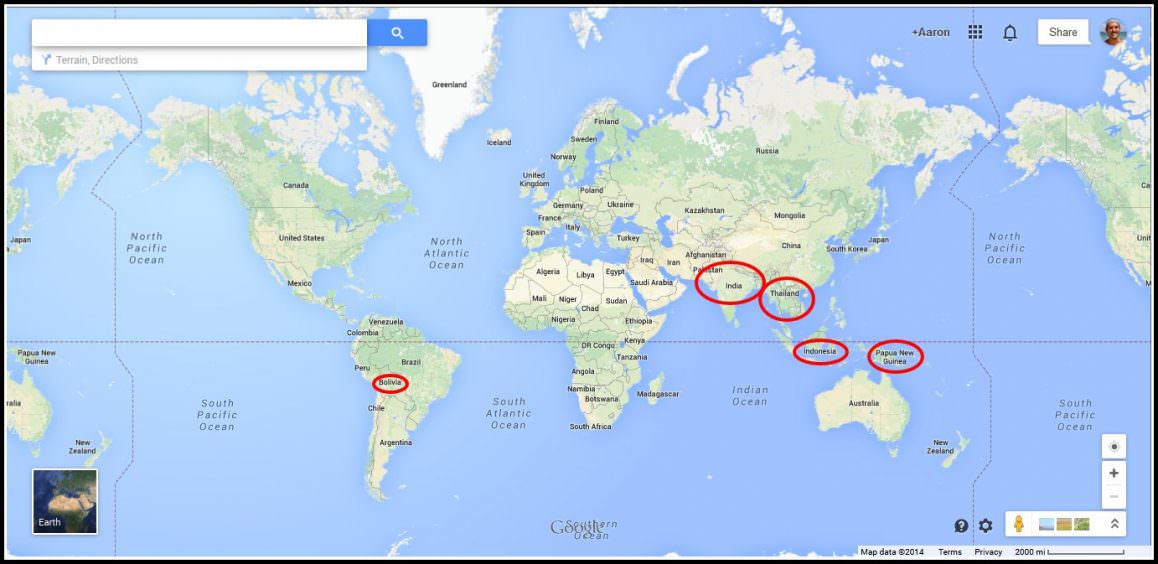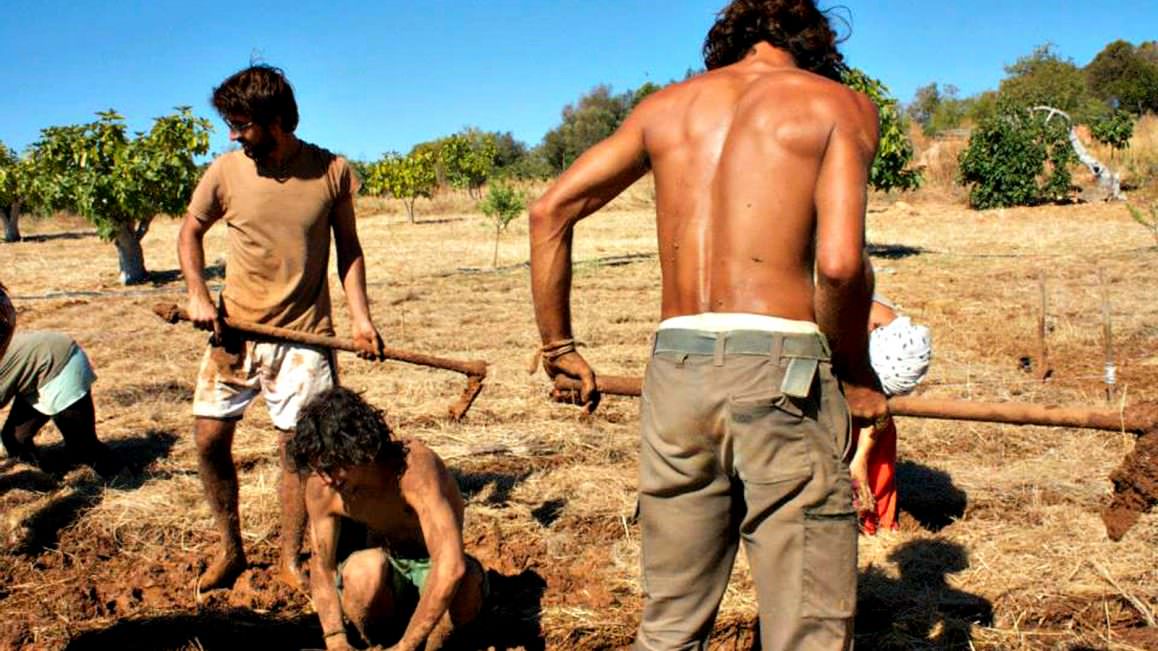Save Money on Food while Traveling
Food
Half of the pictures on my iPhone are a memorable dish or meal from somewhere around the world. I appreciate, and honestly require, great, authentic cuisine wherever I go, all while saving money on food while traveling.
Food can be cheap – here’s how to make sure it’s even cheaper. This is the Ultimate Guide on how to save money on food while traveling, while of course enjoying some of the best food in the world. Depending on your level of travel experience, some of this information might seem obvious, but I’m sure that regardless of how many traveling-notches you have on your belt, there are a few things even you can use to save a few dollars.
Part One – Street Food (Bliss in My Mouth 1)
“Street food, I believe, is the salvation of the human race”
That’s a quote from none other than world renowned chef and TV personality Anthony Bourdain (also, his list of favorite street foods is unreal). And it makes me so very happy. For me, street food is more than a way to get cheap delicious grub… it’s a personal obsession.
Why?
- Street Food is typically the most authentic in flavor and most delectable on the palate
- Street food provides a truly remarkable and unique traveling experience. The food will be a representation of the culture in the country you are visiting, allowing you to fully immerse yourself. No street food vendor on the streets of Hanoi is making American Burgers or Ecuadorian Tamales. They will consistently give you a deep insight and appreciation for the deep, historical cuisine native to that region.
- Locals eat street food. Do what the locals do. Further emphasized below.
- Street food can give a city or town a special smell, more pleasant smell, which is nice in developing countries and cities that might otherwise have a less appealing scent… (Cough, Bangkok)
- Some sort of street food or authentic local option will exist throughout the entire world
- Oh yea, it’s also cheap
Street Food Will Change Your Life
Well, it did mine. And it’s accessible in many places throughout the world.
Obviously Asia comes to mind first, and has the most famous of all street food ‘scenes’. Thailand, Singapore, Vietnam, Japan, China, Malaysia, India… they just do it so right that it almost seems wrong. But there are also so many other celebrated street food cultures. Belgium, Mexico, Turkey, Morocco, Israel and Italy are just some examples of other countries with amazing street food ‘scenes’, that will entertain your pallet and spare your wallet.
Now, if a particular country doesn’t necessarily have their own street-food scene. Don’t worry. Just heed this piece of advice
Part Two – Do as the Locals Do (Bliss in My Mouth 2)
Don’t travel across the world to eat at a KFC. The Colonel doesn’t care about you. His fried chicken is the same everywhere you go. Follow the locals, and if the locals you happen to be following are eating at KFC, then follow different locals! They will, unknowingly, deliver you to the greatest culinary options in the area, and likely for a price that hasn’t been inflated by an influx of white people.
Take note throughout your travels of what restaurants or kiosks are particularly busy with the native people. This is where you will want to eat. It’s fairly well known that restaurants that cater to the tourists will drastically tone down the flavor of their food to make it more accessible to the Western palate. We do not want that. Be gone! Look for street food, avoid the white people, find the locals preferred dining spot, and then all you have to do is sit back and enjoy a magical mesh of mmmm in your mouth.
But Can’t Street or Local Food be Dangerous???
Ok, mathematically speaking, because of the lower health standards in developing countries, you could probably make some sort of graph or pie chart illustrating the higher chance of getting food poisoning from a street vendor in Mexico City than a P.F. Changs in California. Sure. But it’s very unlikely to ever happen, and even more so if you use your common sense. Let’s consider…
Like we said, go where the locals go. Do you think the locals would frequent a dining establishment with a poor reputation? Of course not. They live there. High local volume = Legitimate dining option.
As recommended, just use your common sense. Keep an eye out for cross contamination or any lack of cleanliness. Don’t be an ass about it. Like I said, these precautions are less about catching some poor Thai woman cutting your fresh spring rolls with the same knife she cut the raw chicken with, and more about calming your nerves caused by your incorrect Western perspective of the world.
Watch your food being cooked, but do so respectfully. Breathing down your chef’s neck is not going to create a desirable cook-to-customer relationship for you or the wok-searing specialist. Engage yourself in the process, please get yourself a front row seat to the sorcery that is street food. The smells and process will enchant you. And you’ll also feel relieved to see the cook has no ill-intentions, and likely will create your meal in the most efficient, professional manner possible.
Our fears as Westerners have a tendency to stem from the over-dramatic sensationalism of our news outlets, and is then sadly reflected in our travel expectations and overall view of the world. The planet earth is a lot safer than we would be lead to believe.
Can food poisoning happen? Absolutely.
Over my my years’ traveling internationally, I’ve gotten food poisoning three times. One was bearable, one was bad, and one was f**king horrendous.
But honestly, food poisoning happens. If you are alive and you are eating out, you are at risk, no matter where in the world you are. Sure, if you travel to third world destinations, the chances are probably higher, but are you going to let that stop you?
Whether Hamburg, Hanoi or Home, be smart, use your common sense with the foods you eat, and you’ll likely be fine.
Further recommended reading http://www.foodandwine.com/slideshows/worlds-best-cities-for-street-food
Be Your Own Chef (BAM!)
As a budget traveler, I’ve expressed many a times that I’m not a huge fan of using hotels (unless I can get free nights with branded credit cards)… One contributing factor is because there is no access to a kitchen.
I love to cook, and in certain countries, doing so will help you save a lotta cash. Hostels, AirBnB, Couchsurfing, renting an apartment and others all give you the ability to cut down the cost of food by tapping into your inner culinary creativity. This bit of advice works best in most areas of the world, and especially in Europe, where restaurant prices are rapidly heading towards words like “astronomical” and “unaffordable”.
When I’m in Europe, I try to make an effort to find a local mart, purchase fresh, delicious, cheap, produce, and cook it at the hostel I’m staying at. Most hostels will provide access to basic kitchen materials, from pots and pans, and plenty will even offer access to a basic spice rack and maybe even some butter or bread. For the independent traveler, such amenities are a godsend and really help you save money on food while traveling.
Sure, some people find cooking at hostels can be anywhere from annoying to downright maddening. But with a bit of patience, its an extremely viable option. I personally have no problem with it.
Yea, maybe they only have one pan. Or no salt. Maybe the fridge is full of leftovers. Or even my favorite, when the stove doesn’t work at all. There might be some challenges, but the enormous majority of my time cooking in hostels will at least work.
I actually find cooking in hostels to be kind of enjoyable. After a long day of backpacking, socializing, seeing sights, and spending money, I embrace a quiet cooking sesh to calm myself and collect my thoughts. You can get some pasta and fresh veggies for pennies and make a delicious meal with leftovers that will last days.
To Cook or Not to Cook? (Power Rankings)
Utilizing a kitchen and cooking your own food will benefit you in some areas of the world more so than it will other areas of the world. The list below just highlights some of the tendencies of food cost in certain cities, countries, and regions of the world.
Sure, you can find a cheap meal in an expensive country like Finland. Sure, you can absolutely pay premium price for a dinner in a cheap country like Malaysia. I have done both. This list is just a generalization of what to expect as a whole from the different places you may want to travel to.
Level One – The “Holy s**t, I may have to sell a kidney to be able to feed myself tonight.”
- London, Paris, any country affiliated with the words “Scandinavia” or “Nordic”, most of Western Europe, Switzerland, Italy, some parts of Australia/NZ/USA/Canada, and the country of Luxembourg… that is if you can actually find the country of Luxembourg. These places are premium, and charge accordingly.
Cooking recommendation 10/10… maybe even 11/10
$15 minimum average per meal, possibly looking into the mid $20’s
Level Two – The “I know it’s not affordable, but I can splurge, once a week… right…?”
- Portugal, Spain, the other parts of Australia/NZ/USA/Canada, Germany, the rest of the UK, Rio, Greece, Abu Dhabi, South Africa, and apparently because of a ridiculously high inflation rate, Venezuela.
Cooking recommendation – 8/10
Expect to pay anywhere from 10-20$ for a full meal on average
Level Three – “I don’t have to close my eyes and pray the rosary when brought the bill.”
- Chile, Argentina, Brazil, Hong Kong at times, Istanbul, Russia some parts of Japan if you do it right, Israel, some parts of Eastern Europe, the Caucasus.
Cooking recommendation – 6/10
Looking at $7-$15 a meal, with some cheaper options if you find street food
Level Four – “Food is so cheap, need I really cook?”
- The other parts of Eastern Europe, Central America, Mexico, Colombia, Peru, Ecuador, South Korea, Turkey, tons of the Middle East and North Africa.
Cooking recommendation – 3/10
Anywhere from $3-$10 a meal
Level Five – “This delicious Pad Thai costs 75 cents! Did you hear me??? 75 CENTS!”
- Thailand, Laos, Vietnam, India, most of China… really anywhere that combines the words “South” or “South East” with “Asia”. Also, Bolivia – reppin for South America
Cooking recommendation – 1/10 (you can still cook! just don’t miss out on the local food is all I’m saying)
Ranging from 1$-up, but you can eat a delicious meal for 3$
Fin
That list is obviously not going to be considered the one-hundred-percent-most-precise-thing-in-the-world, but it’s a fairly accurate reflection of food costs throughout the world, and hopefully will help you save money on food while traveling.
And to clarify, I do mean what I said about SE Asia. The street food is too delicious and too inexpensive to cook too much yourself. You certainly can. You just don’t need to. It will probably cost more to cook yourself, and isn’t worth the hassle. Amazing, cheap, street food is ubiquitous with this part of the world. Buy and live off of the Pad Thai, the Pho, the dumplings and curries, Your life will literally be enhanced because of it. This is one of the thousands of reasons we include SE Asia in our highest traveling recommendations.
Everywhere else, cooking is fair game, heavily recommended in some places, and literally essential in other places (I’m talking to you Norway and Sweden!).
Now please. Don’t forego local cuisine just to save money. Just like everything in life, there needs to be a balance. Although I’m typically frugal about most things while traveling to be able to travel longer, sometimes you gotta live! Arguably the greatest meal I’ve ever had cost me an arm and a leg by Thai standards, as I dropped almost $50 on food and booze at a small hole in the wall Thai Restaurant. $50 is astronimcal by Thai standards. Did it blow my budget for the next few days? Certainly. But was it worth it? Oh yes. Treat. Yo Self
Although my goal is to teach you how to save money, don’t be afraid to splurge every now and then. What is the point of life if you are always cautiously spending every nickel and dime you have. Frugality while traveling is a long term strategy, implemented over the day to day. It’s a lifestyle. A lifestyle that enables you to travel longer, and pick and choose the events you want to really spend money on. Like the occasional gourmet meal.
To conclude. Food can be expensive, or unbelievably cheap. Utilize the hostel kitchen, take advantage of street food, and keep an eye out for what the locals are doing. Save money where you can, but don’t be afraid to splurge a bit. Treat. Yo. Self.
An Excerpt Written for your Stomach and Bowels
Although I’ve vigorously argued in support of devouring as much street food as you possibly can, there should be an asterisk to that recommendation.
When pursuing this sort of travel, you are going to be exposing yourself to parts of the world previously unbeknownst to you. Unbeknownst to your senses, unbeknownst to your experiences, and especially, unbeknownst to your stomach.
Traveling to different exotic corners of the world will provide it’s fare share of challenges, one of which is your digestion.
For example, while in Southeast Asia, you are going to (have to) eat Southeast Asian food. This food, although arguably the most delicious on the planet, is the concoction of an array of flavors and spices that you likely have never have tried before.
Sure, your hometown had a great Thai restaurant, and you loved their Tom Yum soup. Believe me, it can be very different if you actually order this dish while backpacking in Chiang Mai, Thailand. I’m not saying it’s a guarantee. But there’s a good chance that foreign, exotic foods will possess spices that your digestion system had never had to process before. These new ingredients may, or may not, cause some stomach discomfort.
My greatest goal is to inspire you to travel, so reflecting on a negative topic such as your possible bowel movements isn’t the most appealing topic. But, it’s the truth, and I wanted to be sure to briefly touch up on it.
In retort. The effects for most, will be transient, and pass quickly, or at least as soon as your bowels can figure out what the hell it is you are actually ingesting. When I first backpacked SE Asia, I had a few novel reactions to a few delicious meals, and I got over it very quickly. It’s part of the experience. Do you really expect to see the opposite part of the globe and expect your body to be completely prepared? It might not be. Take it as it goes. Some people will experience no problems whatsoever. Your stomach will adjust, it just may need a quick grace period first.
Other
This is just a collection of other tips that could inspire you to save a few bucks on some grub
- Happy Hours and Other Deals. Keep an eye out. Just like in the States or Europe, many parts of the world will attempt to draw in customers by offering deals on food or drink during certain times of the day. Know them. Use them.
- Markets for Lunch. Yes, we discussed the benefits of getting some produce for dinner, but consider breakfast and lunch as well. Stop by a local shop, pick up some cheap bread and cheese or fruit, and sit in a public place to enjoy. Parks are free and prime people-watching real estate.
- Hostel or Hotel Food. Some accommodation will provide free food. If you are lucky, your hotel may have offer a free continental breakfast. If you are lucky, your hostel may offer a free piece of cardboard flavored toast… maybe two. Take advantage of what you can when you can. It’s all about increasing your opportunities across the board.
- Work for Exchange. There are an incredible amount of opportunities to work for free lodging, and a lot of times free food. I volunteered in Portugal for two months, and was given a nice bed and three amazing meals a day, with snacks in between. In my 60ish days there, I spent less than $200 on food, and only because I would go exploring on the weekends.
- Travel Food. Bringing food with you on your travels could seriously save some money. Going to the airport? Bring a can of tuna. Hitchhiking across Russia? Pack some peanuts. Early rise for your trek on Machu Picchu? Bring some oats and fruit. An appetite can come out of nowhere, especially while traveling. Being prepared with a small amount of food, typically high in protein, can take the edge of your hunger, and maybe save the cost of having to buy food at the most convenient place at the most inconvenient of prices.
- Desperate? I’m not condoning it, but fast food can still be cheap in other areas of the world. I personally haven’t eaten at a McDonald’s, BK Lounge, Taco Bell, or any other artery clogging establishment in years, but, if you must, it could be a viable option. Also, I lied. I ate at Wendy’s recently. I have a drunken-weakness for their 5 piece spicy chicken nuggets.
- Random Work for Random Grub. Take it from someone who has extensive experience in the restaurant industry, there is always work available. Restaurants and bars have an extremely high turnover rate, and sometimes ca be in need of immediate help. Just ask “hey, do you guys need any help tonight? I could wash some dishes for a free meal or some drinks.” You will be surprised the opportunities you will create for yourself. This part highlights one of the most important things you can do as a traveler, ASK! The worst thing that happens is you are politely told no. The best thing? Sky’s the limit. Timing is everything.
Further recommended reading – http://www.travelindependent.info/ontheroad.htm#Eating_and_vegetarianism_
How about you? Do you have any tips for how to save money on food while traveling? Any worthwhile food pics? Link me below!

